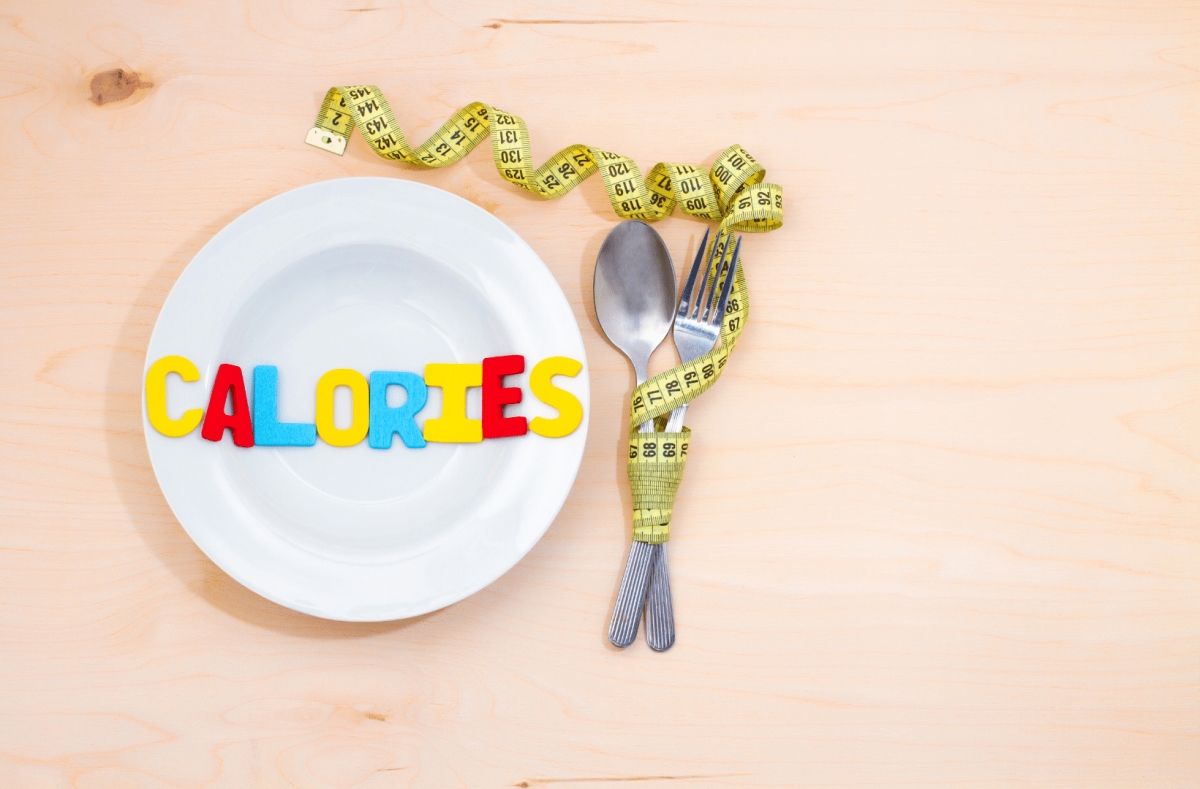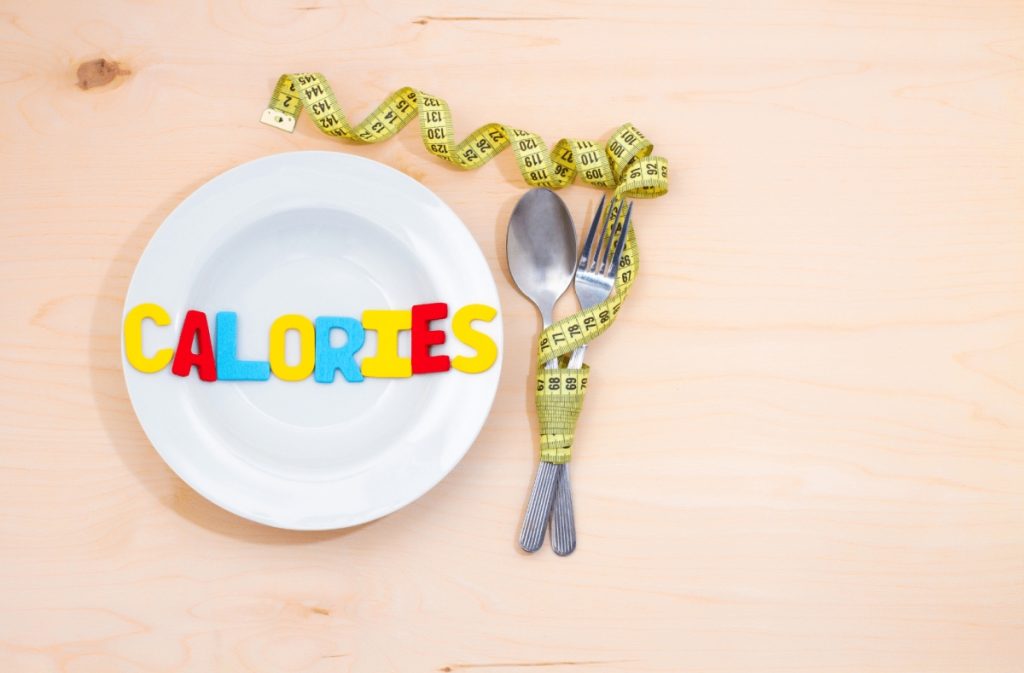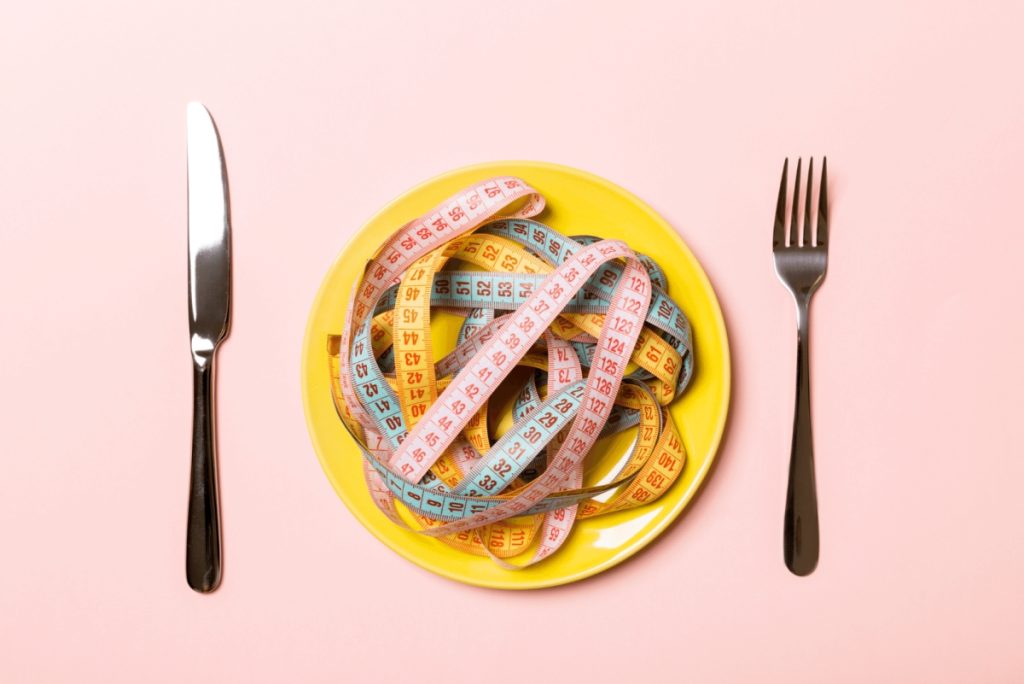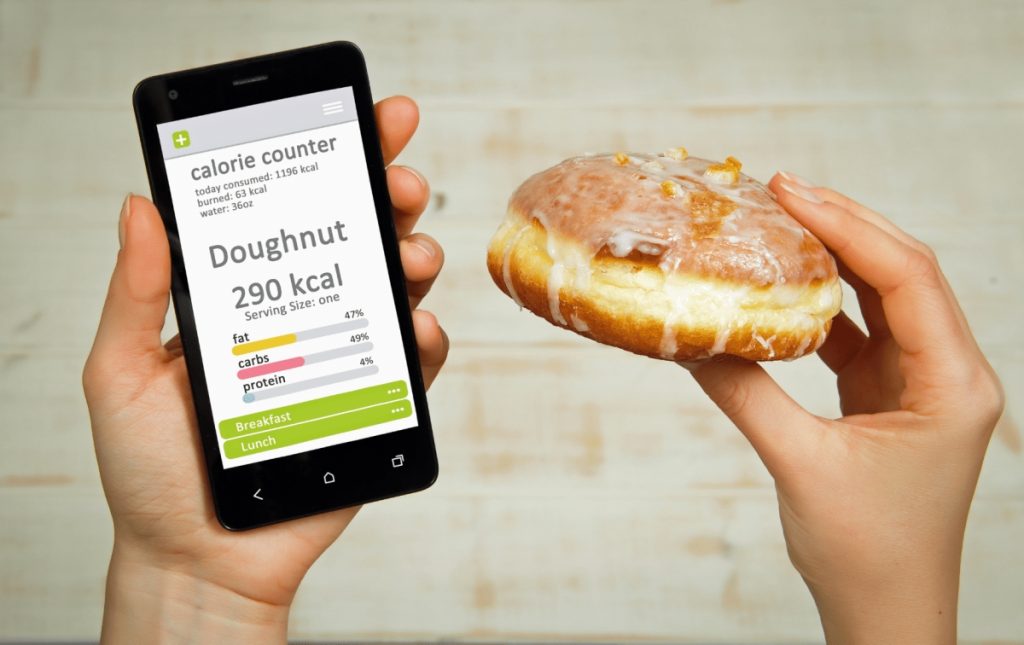
If it fits your macros: calculations, calories, sample meal plans, and more


If it fits your macros: calculations, calories, sample meal plans, and more
The structure of IIFYM is simple: create your calorie and macro targets that will help you achieve your goals and eat whatever you want as long as you hit your targets.
IIFYM is also a good option for people who are repulsed by “diets” and giving up their favorite foods. People can keep eating their favorite foods with some modifications in portions of course. It can be a good “transition diet” for people who want to achieve their aesthetic goals. A lot of people start with a IIFYM and over time move on to other diet types.
Both of us have gone through that process. When we were solely focused on bodybuilding, we focused mostly on protein and calories. It was effective for building muscle or getting lean. Over time, our personal nutritional strategies evolved. Wade moved to a plant-based lifestyle and Matt has primarily followed a keto diet.

Advantages of IIFYM
The primary advantage of IIFYM is that it’s completely free of dieting dogma because of its wide open flexibility. The only thing that matters is: did you hit your target macros and calories?
Disadvantages (And Controversy) of IIFYM
The potential downside of IIFYM is the potential health issues from eating inflammatory foods. However, there’s a vital piece of data that most “healthy food zealots” don’t want you to know: if someone is in a calorie deficit, their health markers usually improve.
On one side of the debate nutritional experts attack foods that have seed oils, artificial sweeteners, GMO or anything “unnatural”. On the other hand, IIFYM followers don’t care about organic food and ingredient quality.
What’s the truth? The truth is, there is NOT a lot of studies showing damaging health effects of those “evil foods”. Now that doesn’t mean it’s not negatively impacting people’s health. Anecdotally, many people feel better avoiding foods that produce inflammatory reactions in their bodies. Most people are unaware of these reactions, though. And the reactions are so diverse and ambiguous that they never connect the dots until they see a naturopathic doctors.
What’s our stance? The truth is probably in the middle. There could be some negative consequences over time. Theoretically it makes sense to eat food that has more nutrients and less toxins. We do believe that it’s a smart “insurance” policy to eat organic food when possible. On the flip side, we don’t believe in vilifying foods and those that eat them.
When it comes to food, the words “toxins” and “natural” get thrown out a lot. The reality is, when your body starts breaking food down, the components eventually all become chemicals. Arsenic is “natural” and it’s certainly not good for you, it’s a deadly toxin.
One of the potential long term issues of IIFYM is micronutrient deficiencies. IIFYM does not focus on micronutrients, such as vitamins and minerals. According to the CDC, 2 billion people worldwide have micronutrient deficiencies. We are BIG believers and proponents of giving your body all of the key nutrients it needs for optimal functioning. That’s a foundational piece of being biologically optimized. We know that when the body has certain nutrient deficiencies over time, it leads to health problems. Therefore, it’s best to cover your base with the right micronutrient supplements on an IIFYM diet.
How To Do The IIFYM Diet

People following the IIFYM diet keep track of these three macronutrients:
- Proteins
- Carbohydrates (including fiber)
- Fats
Start with the following 5 steps.
STEP 1: TARGET CALORIES:
We’ve covered this in other articles, but here’s a brief overview:
- Calculate your BMR (basal metabolic rate) using the Mifflin-St. Jeor equation.:
- For men, BMR = 10 x weight (kg) + 6.25 x height (cm) – 5 x age (years) + 5
- For women, BMR = 10 x weight (kg) + 6.25 x height (cm) – 5 x age (years) – 161
- Add additional daily calorie expenditure:
- Exercise (as a general rule 500 calories an hour is a good number, it obviously depends on intensity and difficulty).
- Brown fat activation.
- Cold thermogenesis: if you get to the shiver zone, it can be 800-2000 calories a day.
- High level anabolism: it can be an extra 10-25% calories a day if you’re in a rapid muscle building phase.
- N.E.A.T. (non exercise activity thermogenesis): if you’re moving a lot throughout the day, it can be an extra 300-700 calories a day.
- If all of this is too complex, don’t worry, just download the Me Diet app (coming soon) and we will do all the calculations for you.
- Adjust your calories base on your goal:
- FOR WEIGHT LOSS: As a starting point, subtract 500 calories.
- FOR MUSCLE BUILDING: As a starting point, add an extra 300 calories a day.
- FOR MAINTENANCE: Keep the calories the same.
STEP 2: CALCULATE YOUR PROTEIN
Protein is the king macro and should be calculated first.
- Protein should be between 0.7–1.0 grams per pound of bodyweight
Learn strategies to increase your protein intake.
STEP 3: CALCULATE YOUR FATS
- Fat intake should be between 0.25–0.4 grams per pound of bodyweight. (Note: most bodybuilders try to keep their fat intake on the lower side of the spectrum)
STEP 4: CALCULATE YOUR CARBS
- All remaining calories are allocated for carbs
Here are 2 examples of how this could look:
First, let’s use Nicky. She’s 40, weighs 200 lbs and wants to lose 40 lbs. She trains 3X per week.
- Her target calories would be: 2,254/day
- Her target protein would be: 154 grams/day
- Her target fat would be: 86 grams/day
- Her target carbs would be: 221 grams/day
It’s important to note that none of these calculators are perfect. However, it doesn’t matter. These are all starting points and the magic is in the ongoing adjustments. If Nicky doesn’t lose weight in the first 2 weeks, then adjustments will be made. We will either increase her calorie expenditure or decrease her calories by about 300 and then continue monitoring her progress.
Now, let’s take a look at Uncle Tony who wants to get HUUUGE. He’s currently 200 lbs and wants to add 25 lbs of bodyweight (of course the majority muscle).
- His target calories would be: 3,442/day.
- His target protein would be: 219 grams/day.
- His target fat would be: 110 grams/day.
- His target carbs would be: 394 grams/day.
Again, we would monitor Uncle Tony’s results. If he’s gaining too much body fat, then we would pull back on the calories a bit. The goal is to have the weight gain be mostly lean muscle tissue.
STEP 5: TRACK YOUR MACROS

The last step is simply to track your calories and macros. The best way to do that is to use a food tracking app.
WHAT TYPES OF FOODS SHOULD YOU EAT?
Even though you can technically eat “anything,” you won’t be able to hit your macros unless you focus on high protein foods.
Pros And Cons Of IIFYM
Health
Pros (if someone is in a calorie deficit):
- Improved insulin sensitivity
- Reduced cravings
- Improve blood lipids and health risk
Cons:
- Potentially incur health problems over time due to nutrient deficiencies.
Aesthetics
Pros:
- Easy to lose fat and achieve their goals
- Great diet to gain lean muscle
Con:
- Some people may have increased food cravings due to blood sugar and insulin issues.
Performance:
Pro:
- Diet macros can easily be adjusted for peak athletic performance.
Con:
- Power athletes may need higher glycemic carbs during intense workouts and competition to maximize performance.
Lifestyle
Pro:
- Easily one of the best “lifestyle diets”. Virtually any type of cuisine or food can be consumed as long as the macros are hit.
Con:
- You have to count your calories and macros if you want this to work. If you start “winging it”, the odds are high you will go off track.
Psychological
Pro:
- It’s the most psychologically flexible diet ever created.
Cons:
- None.
SUMMARY
IIFYM stands for IF IT FITS YOUR MACROS. Essentially, you can eat whatever you want, as long as it fits your target macros.
The primary advantage of IIFYM is that it’s completely free of dieting dogma because of its wide open flexibility.
However, it is possible that someone following the IIFYM diet can run into nutrient deficiencies over time.
You can easily keep track of these macronutrients with these 4 simple steps outlined above:
- Step 1: Calculate your target calories.
- Step 2: Determine your target protein per day (grams per day).
- Step 3: Determine your target carbs per day.
- Step 4: Determine your target fats per day.
References
- CDC. Micronutrient facts. Centers for Disease Control and Prevention. Published February 1, 2022. Accessed December 14, 2022
